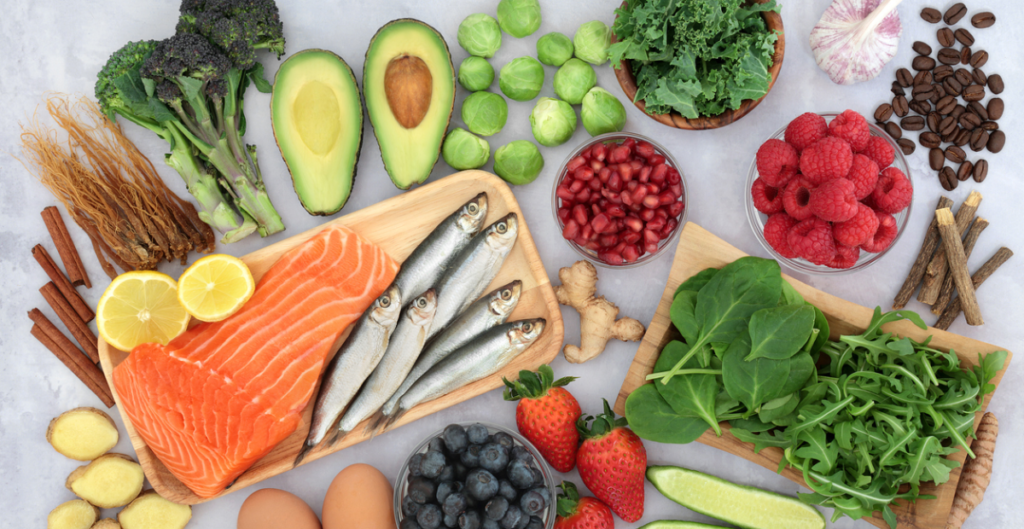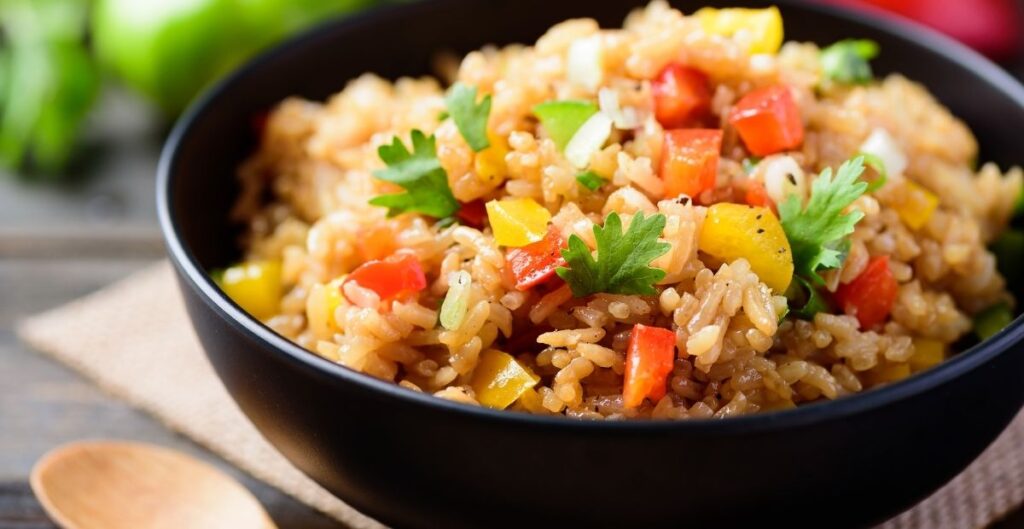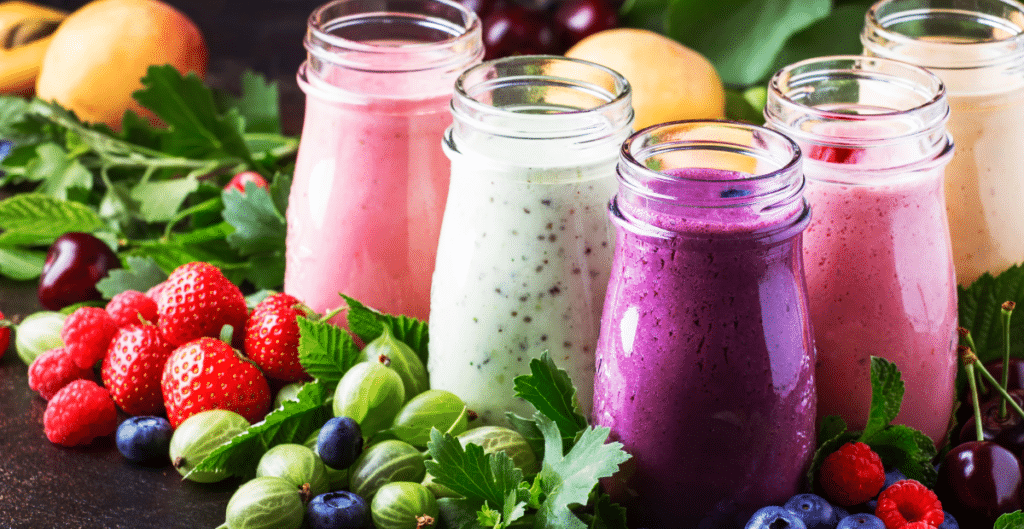Hypoallergenic Diet: Reducing Allergic Reactions Through Food
Food allergies and sensitivity range from mild local rashes to allergic reactions is a disease that endangers life. For people with allergies, a low – sensitive diet will help identify and manage food. A hypoallergenic diet, in which people avoid common allergens and systematically increase the amount of allergens, reduces symptoms and improves overall health in a reasonable way. Therefore, it is easier to identify triggering foods during a gradual reintroduction.
What Is a Hypoallergenic Diet?
A hypoallergenic diet is one that temporarily eliminates important foods that are frequently linked to allergies. It is well known that frequent allergies include dairy, gluten, eggs, soy, almonds, and some types of fish. Patients with persistent bloating in the abdomen, skin issues, and exhaustion—all of which may be caused by unidentified food allergies because of intolerance—are frequently advised to follow this kind of diet. Please be aware that the goal of this particular diet is to pinpoint the items that cause symptoms by gradually cutting them out and then reintroducing them.
This diet is usually done for several weeks and the only cure provided is the observation of symptoms. Then we wait for some time and reintroduce all foods one by one to see their effect on the body.
Who Can Benefit from a Hypoallergenic Diet?
A hypoallergenic diet is often beneficial for individuals who experience:
-
- Digestive issues (bloating, constipation, diarrhea)
-
- Headaches or migraines
-
- Skin problems (eczema, hives, rashes)
-
- Respiratory symptoms (wheezing, coughing)
-
- Chronic fatigue or brain fog
These symptoms might be associated with food allergies or intolerances. A hypoallergenic diet has the potential to help people decide which specific foods to avoid in order to adhere to a certain health-promoting diet in the future.
How Does a Hypoallergenic Diet Work?
The hypoallergenic diet follows an elimination and reintroduction process that can help people identify problematic foods. Here’s a breakdown of each step:
1. Elimination Phase
In the stage known as the elimination phase, foods that are likely to cause allergies are completely restricted from the diet. This phase usually takes two to four weeks. Foods usually eliminated during this phase include:
-
- Dairy products
-
- Certain grains (wheat, barley, rye)
-
- Soybean
-
- Nuts and seeds
-
- Eggs
-
- Fish
It is also important to stay very careful during this phase and refrain from eating even microscopic amounts of the restricted food, as even small traces can trigger a response. Diet plans, such as a rice diet or smoothie diet, may be considered under a doctor’s guidance and prescription.
2. Monitoring Phase
Throughout the elimination phase, it’s important to observe and document any changes in symptoms. Many people notice improvements in energy levels, digestion, and overall well-being within a few weeks of removing these potential allergens. Keeping a journal of symptoms, mood changes, and physical reactions can provide valuable insights.
3. Reintroduction Phase
When the symptoms become less severe or have improved noticeably, foods are restored back into the diet slowly one at a time. This phase is meant to enable the individual to see how their body handles one food item at a time. Secondary foods should preferably be reintroduced one at the time every three to five days so that one does not miss out on any possible reactions. On the chance that there is a reaction then the food is once again eliminated from the diet and hence confirmed as an allergic food.

Common Foods to Avoid on a Hypoallergenic Diet
Certain foods are more likely to trigger allergies or sensitivities. Here’s a list of common allergens that are typically removed during a hypoallergenic diet:
1. Dairy Products
Dairy products are well-known allergens and can cause a variety of reactions, from intestinal problems to skin irritation. This includes milk, cream, cheese, yogurt and butter. Most people with the intensity of the milk industry have a disadvantageous response to Casein, a protein in milk.
2. Cereal Grains that Contain Gluten
It is a well known fact that gluten is a type of protein that is naturally found in wheat, barley and rye which are not quite able to be digested by the majority of people. Individuals who are gluten sensitive or celiac in nature may often experience unexplained bloating, tiredness along with many other symptoms. Some doctor may prescribe a liquid diet which is mostly prescribe for diabetes.
3. Soy Products
Soy is another common food allergy and is added to the most common foods such as tofu or soy milk and others. Symptoms can include nausea and vomiting, or even complaints from the respiratory tract.
4. Nuts and Seeds
Almonds, walnuts and cashew nuts are all part of the tree nuts group which are the major allergenic ones and may cause severe response in some individuals. Peanuts, the legumes notwithstanding, they are also another common allergen. In addition, seeds like sesame are becoming increasingly widespread as allergens.
5. Eggs
Eggs are still among the go-to breakfast meals for most people, though statistically many people are allergic to them, developing various ailments from skin to digestive system. Both yolk and egg white are rich in allergen factors but only a few people are allergic to one of those constituents.
A list of low fat diet foods with their pros and cons may help you during your diet planning and intake.
6. Fish and Shellfish
Seafood also brings allergies which are very common because of the serious reactions they can trigger. It is mostly salmon and shrimps that people with allergies are likely reactive to but otherwise, all types of seafood must be avoided in the elimination process for a person with a seafood allergy.
Benefits of a Hypoallergenic Diet
A hypoallergenic diet offers several benefits, especially for people with unexplained health issues. Some key advantages include:
1. Symptom Relief
There are many who get relief from almost every tummy trouble, skin problem, and discomfort caused in the throat. It is possible to initiate the healing process within the body which can alleviate inflammation and improve health in general, by eliminating allergenic substances.
2. Better Energy Levels
Many kinds of food allergies and intolerances exhaust the body resulting in fatigue and lethargy. Some foods have to be avoided and after this step, people can often see a rise in their energy levels.
3. Improved Mental Clarity
Many individuals who suffer from food sensitivities often have chronic complaints like brain fog and poor concentration. These complaints may begin to subside with diet modification and the elimination of certain foods that can be harmful.
4. Enhanced Digestive Health
Food intolerances and their symptoms such as constipation, bloat, and diarrhea have always been common. There are fewer reasons for that when a client experiences some invaders’ and alien foods’ intolerances; with a hypoallergenic diet they can improve their digestion.
5. Identification of Food Allergies
A hypoallergenic diet helps identify specific foods that cause reactions, enabling individuals to make informed choices about their diet and prevent symptoms.

Potential Challenges of a Hypoallergenic Diet
While a hypoallergenic diet has many benefits, it also comes with some challenges:
1. Restrictive Nature
In the beginning there will be some discomfort associated with the allergy elimination phase as many staple foods will be avoided. Nevertheless, there is nothing wrong with trying to shift the focus on what you can have and trying new recipes.
2. Time-Consuming
In the process of reintroduction, great care should be taken when observing a hypoallergenic diet. This type of diet may include a lot of home cooking and food reading labels as well as keeping a food diary, both of which are very time consuming.
3. Social Situations
It’s often complicated to attend social functions while abiding by a hypoallergenic diet. Bringing your own safe foods or letting the hosts know about your requirements in advance might be a good idea.
4. Nutritional Imbalance
If a hypoallergenic diet is not well planned, it can result in malnutrition, particularly if whole food categories are strictly avoided. A consultation with a physician or dietitian can assist in making sure that the diet is balanced nutrient dense.
Tips for Successfully Following a Hypoallergenic Diet
If you’re considering a hypoallergenic diet, here are some practical tips to help you stay on track:
1. Maintain a Diet and Symptom Log
Keeping a record of food intake and tissues reactions is usually important, especially for allergy patients so a third-food journal is useful at this stage. It shall also come in handy during the reintroduction phase in narrowing down specific allergens.
2. Do Your Meal Preparations in Advance
Meal planning can facilitate adherence to the diet when in practice. Having cooked allergen-free approved meals ready may also help avoid straying from the plan.
3. Make Sure to Check the Labels of the Food They Purchase
In terms of foods that have gone through processes more allergens are likely to be hidden. Many foods we buy contain allergens such as gluten, soy, milk or nuts, so always read the labels of everything you buy. If you can, choose foods labeled “hypoallergenic” or “free from allergens.”
4. Seek the Assistance of a Doctor
Dietitian contact or any specialist is always very important when one is on a hypoallergenic diet. They help in the formulation of the structure of the plan, how penetration should occur and provision of nutritional needs.
5. Incorporate More Whole Foods in Your Meals
Fruits, vegetables, lean protein meats and gluten free grains or even gluten free products naturally have low amounts of allergens. These foods can also serve as good building blocks for the implementation of a hypoallergenic diet.
Sample Hypoallergenic Diet Plan
Here is a simple hypoallergenic meal plan to get you started:
Breakfast
-
- Smoothie with spinach, berries, and a hypoallergenic protein powder (e.g., pea protein)
Mid-Morning Snack
-
- Apple with a small handful of pumpkin seeds
Lunch
-
- Quinoa salad with mixed greens, cucumber, shredded carrot, and olive oil
Afternoon Snack
-
- Rice cakes topped with mashed avocado and salted.
Dinner
-
- Grilled chicken with steamed vegetables (e.g., zucchini, broccoli, and carrots)
Conclusion
A hypoallergenic diet is a useful means of diagnosing food allergies and alleviating some allergy-associated symptoms. This is done by avoiding certain allergens and then trying them out again to determine whether or not they produce the same adverse reactions in the people involved. Maintaining such a lifestyle is possible with proper direction and a willingness to undergo this dietary regimen. Eventually, it is possible to attain a balanced life devoid of allergens with the help of a hypoallergenic diet plan.



